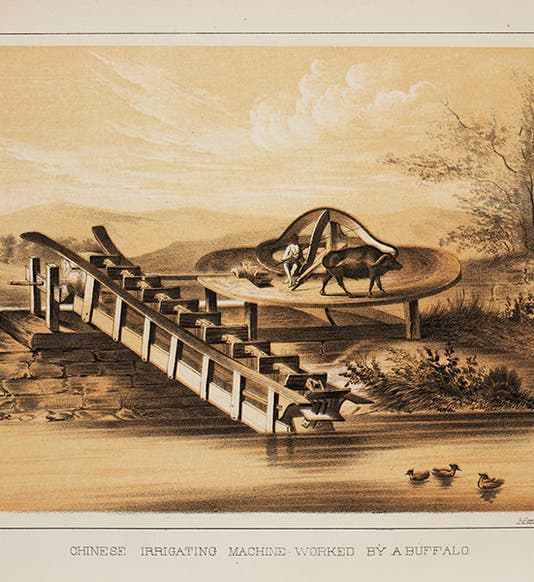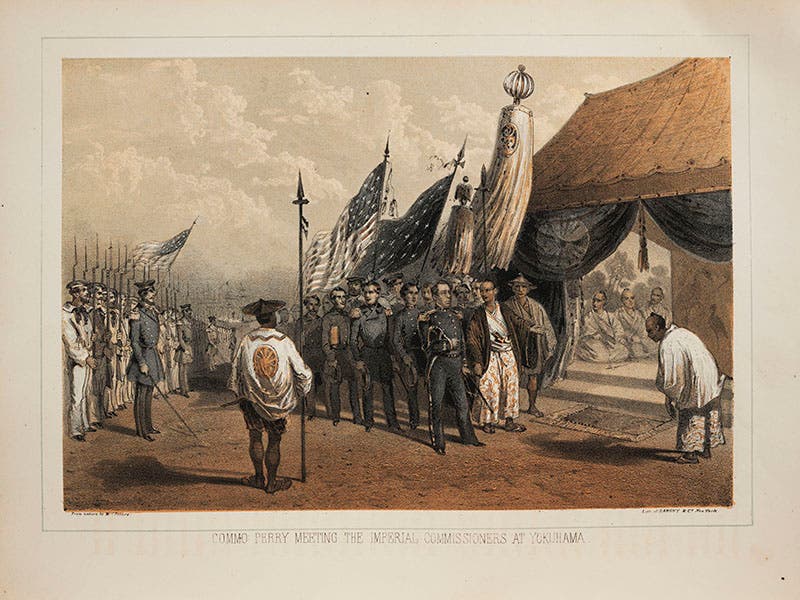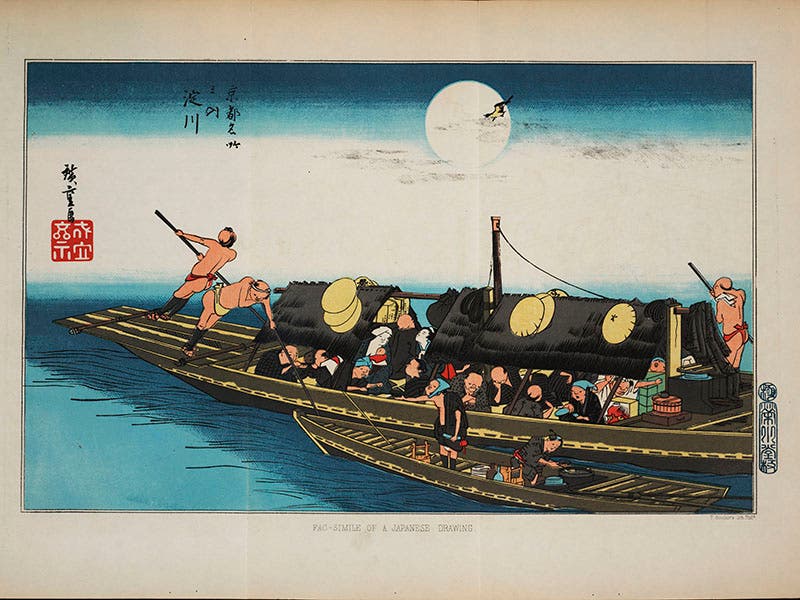Scientist of the Day - Matthew Calbraith Perry
Matthew Calbraith Perry, a Commodore in the U.S. Navy, was born Apr. 10, 1794. In 1852, Commodore Perry set off with a squadron of ships for Japan. For 250 years, throughout the Tokugawa shogunate, Japan had maintained a strict isolationist policy toward the West, and any attempts by mercantile countries to trade or interact with Japan were immediately quashed. So the United States finally forced the issue, sending Perry and an armada to demand that Japan open its ports to western ships. In this he was successful, as he and the shogun signed the Kanagawa Convention in 1854, which allowed the United States access to Japanese ports and effectively ended Japanese isolationism. All of this would be for naught in a scientific anniversary, were it not that, after Perry's successful return, the U.S. Congress awarded him $20,000 by way of thanks, which sum Perry spent on hiring a writer-collaborator and publishing a three volume Narrative of the expedition. It is a lovely set. No expense was spared on the illustrations, which are mostly tinted lithographs, depicting the ports of call, the Japanese people, and their technology. We have two copies of the Narrative in our History of Science Collections, and we displayed one of them in our 2013 exhibition on lithography, Crayon and Stone, which is not yet available online.
The images above, all taken from Francis Hawks, Narrative of the Expedition of an American Squadron to the China Seas and Japan, Performed in the Years 1852, 1853, and 1854, under the Command of Commodore M. C. Perry (1856), depict, in order: an irrigating device powered by a water buffalo; a buffalo-powered grindstone; three Confucians encountered by Perry in Okinawa; a scene of Perry meeting the Royal Commissioners, and a facsimile of a Japanese painting.
Dr. William B. Ashworth, Jr., Consultant for the History of Science, Linda Hall Library and Associate Professor, Department of History, University of Missouri-Kansas City











